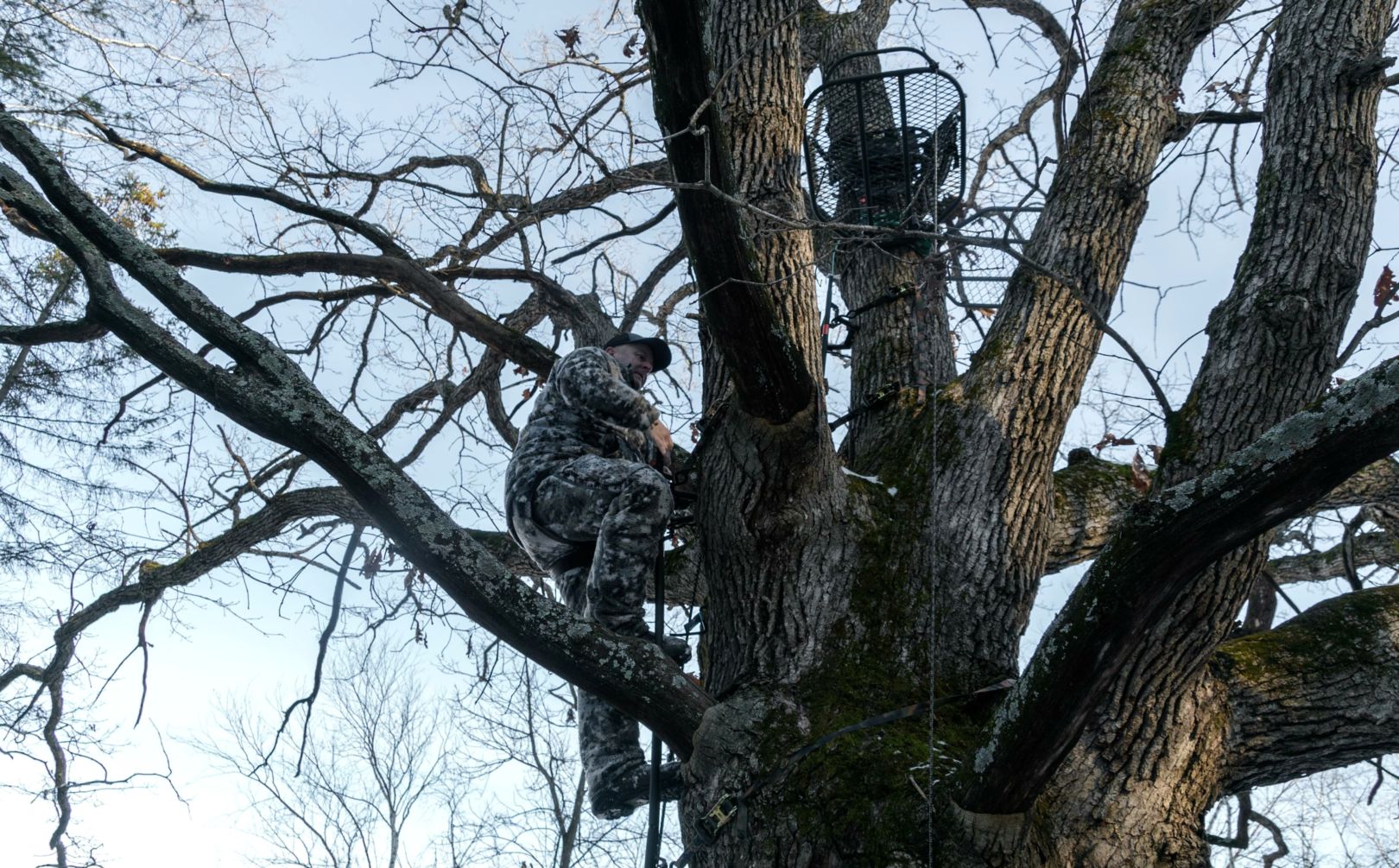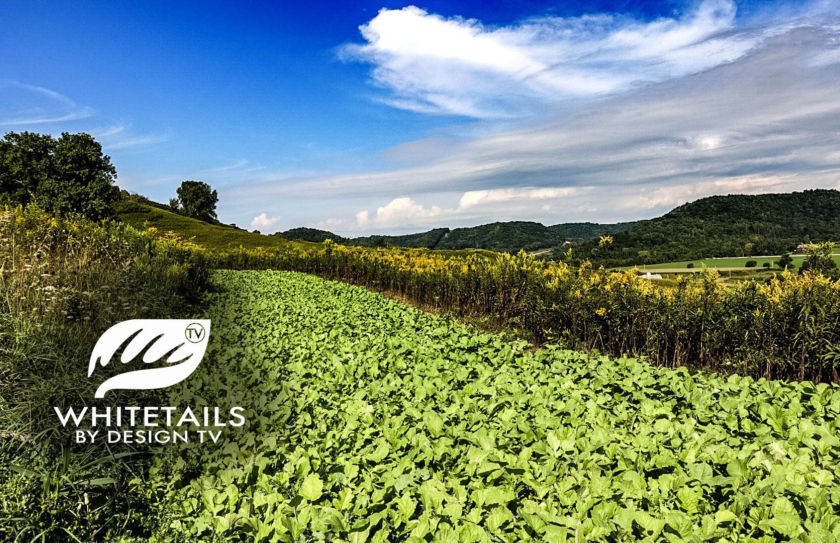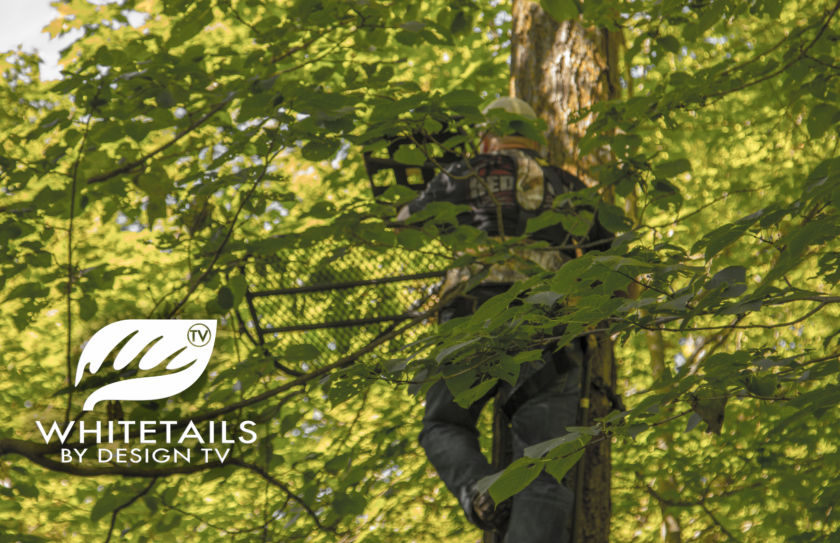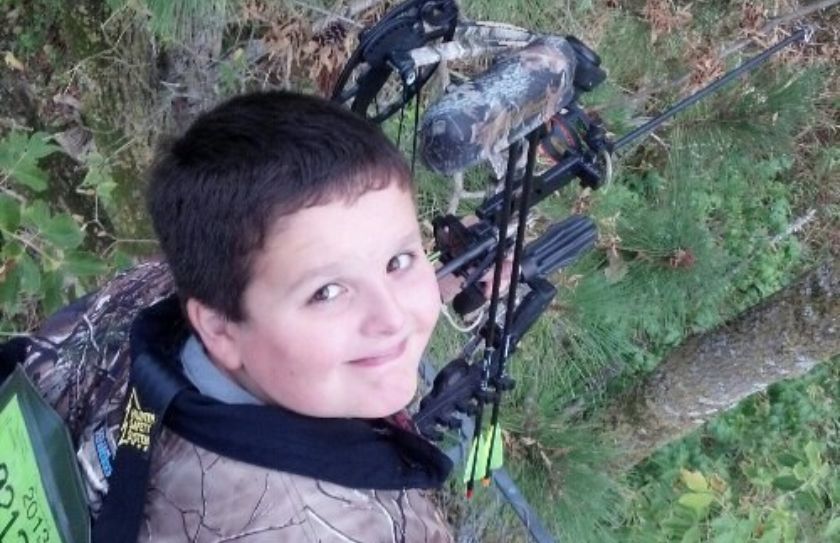
Get a soil map, find your best soils on your property, and install your food plots. What do you think of that advice? For tracts of land that include 1000s of acres in TX, or possibly in some of the SE lease country areas, that advice is critical because both efficiency and cost are huge concerns. Even then, the best locations within those perfect soil types have to be appropriate, even on very large parcels. However, when we are talking about parcel sizes below 1000 acres, especially smaller than 500, that advice is no different than saying, Find the coolest looking tree to hang a stand in on your parcel, and go hang a stand in it with no consideration of deer movements, change in habitat, or access.
I would like you to take some time to consider all of your stand locations. What kind of story do they have to tell? If its a short story, you may want to change the location. Every one of your stand locations should tell a story. And before you think I am totally nuts, No, I don’t typically hear voices from my stand locations – except the variety that came from the nice young couple trespassing through my WI lease in 2010. And wow, I certainly reciprocated a short story of my own prior to their immediate departure. However, if a stand location of your’s could talk, could it tell you why it was there in the first place? And how long would the story be? Something to think about is, the longer the story, the better.
Exciting tales of deer movements? the why, when, and where, the spectacular backdrop of a diverse habitat setting, and the predatory approach of camouflaged hunters; what story would your stand site deliver? The longer the story the better, because good things happen in stand locations that have multiple reasons for a deer to walk by!
*Make sure that you check out my 3 favorite Rut Cruising Setups.
Treestand Deer Trails
Feeding, bedding, and rutting travel patterns can lead to many confusing deer trails that wander throughout the woods. It is critical to understand the purpose of deer travel around your parcel so that you can more closely define your stand locations. What are some of the examples out there for the type of potential stories to be told when it comes to stand placement?
*Feeding trails can be extremely heavy and are a great choice for the early season while deer are still in their summer patterns and havent fully accepted the fact that it is indeed hunting season! Just keep in mind that as the season progresses, those high deer sightings dont necessarily turn into high buck sightings in the same location. I’ve witnessed, on several occasions, pre-rut mature bucks staying reasonably hidden within fairly decent cover, and traveling several hundred yards on the downwind side of a food source.
*On a paralleling food source trail just inside the woods, the action can be very hot during the pre-rut and rut as bucks are scent-checking the downwind edges for doe activity, as in the example above. However, that same trail can be a pretty poor choice during the early and late season, as the bulk of the herd, even mature bucks, are traveling directly into or out of the food source.
*A trail on the downwind side of a prime bedding area can be an outstanding spot for a morning sneak during the pre-rut, but why stop there? Typically, deer, especially an unpredictable mature buck, have several trails coming in and out of a bedding area which, eventually, all converge to one as the deer take a direct route to or from food sources. The incredible amount of signs on the downwind side of the thicket can be very tempting to sit in; however, pull back and look for where multiple trails converge within close proximity to the bedding area. You can stay away from spooking deer within the bedding area, while at the same time taking advantage of the majority of movements within the area. Keep in mind that, although a pre-rut mature buck might often hang out in his preferred bedding area all day, he will often be extremely active within his core area of safety, making him extremely vulnerable even towards the exterior of his daytime home.
One of my favorite sites involves two converging bedding trails. One hidden bedding bench is high and one is low. Both are roughly 30 in elevation apart and are separated by briars, a very steep drop-off, and rock outcroppings. The two trails converge on the west side, in the middle, in respect to the elevation of the two bedding areas. By entering from the East, and then south, down a steep face, I can slip into the stand without disturbing deer within their beds to the west in the mid-morning hours after the deer have cleared the fields, and by accessing from downhill in the pre-morning darkness, and then north and up into the stand, the deer dont have to be disturbed while they are feeding out in the open CRP land above. Either way, the stand has been sat in 6 times in 3 years, and only 1 time has there not been a mature buck sighted, with shot opportunities taking place on both 4 and 5 year olds. What also makes the stand work is that the bedding trails run parallel to the upper ag fields, and not to the ag fields. When you have trails leaving bedding areas parallel to the ag fields, that often tells 1 very clear storya mature buck hot spot! Because of the story these two bedding trails tell at this stand site, its no wonder why I consider locations like this to provide at least a 33% chance of harvesting a mature buck the first time they are used for the year, after waiting until the appropriate conditions.
Treestand Habitat Strategies
Field edges, various timber transitions, fields, briars, bushes, native grasses, elevation changes, water, and an occasional rock outcroppinghow many changes in habitat can you see from your favorite sit? The more, the merrier! My personal favorites involve traveling benches, distant field edges, timber changes in age or type, and an adjacent bedding area. I think Id go nuts to having to sit in the open hardwoods with no distinct change in habitat. I really get fired up about changes in habitat, and if you dont have habitat changesmake them!
Clear-cut travel corridors, pocket cuttings, and food source edges are all potential hot-spots; but why stop there? Blend all 3 together for a cant-miss set up of habitat attraction. Do you need a water source in your area? Add a 55-gallon drum in ½ lengthwise, bury it in the ground a foot below ground level, taper the surrounding soil into a giant funnel above and away from the edges, and you are left with a pretty natural looking water source. What about elevation change? Ive actually had a client scoop away dozens of small pockets in ridges the size of a small car throughout an otherwise dead-flat bedding area. By adding shrubs, conifers, and other plantings along the tops of each ridge area, there is now an explosion of habitat change packed into a tiny location.
By providing habitat change to existing habitat diversity, coupled with natural or man-made deer trails, the stage is set for a very long story of deer activity. The only thing left to do is get into a stand site and enjoy!
Camouflaged Stand Access
Wow! I bet as hunters we look kind of funny sneaking through the woods pretending to be stealthy. After all, are we really that stealthy even in our best of efforts? And speaking of comicalthat reminds me of my latest blunder of washing all of my hunting clothes for an early season hunt, packing all my gear, arriving at my parking spot, and realizing I forgot my hunting pants! Thankfully, a base layer of camo long johns did the trickand its truly a shame my tree stand couldnt actually tell the story of some nimrod walking through the fields with green rubber knee boots, tight camo long johns, bow, and the rest of my typical clothing. If only the trees could talk
We are certainly not a cat, a bear, or even a coyote; however, as humans we can be pretty smart sometimes! So, that means we can see the lay of the land, see how we expose ourselves on a ridgeline or not (hopefully w/o wearing your long-johns!), and we can bury our site and sounds behind obstructions if planned appropriately. And, of course, our scentwe have the ability to recognize and sometimes even dictate, exactly where the deer are bedded during the daylight in the areas we hunt, so we rarely ever have to spook them if our access is carefully planned for, and considered.
Conclusion
How big of a story would your stand location tell you if it could speak? Would it be as dull as a food plot location that was simply installed due to a soil map? How about as ineffective as using all the really good trees on the property to hang a stand in? Or, would your stand location spin a lengthy tale of exciting deer movements, the beauty of habitat diversity, and of well-designed predatory sneaks? If you own your own land, create as many stories as possible, and if you dont own your own land, learn to recognize a good read when you see it! The quality of the stories you create prior to the season, most often will determine the level of enjoyment you convey when writing your stories at the end of your season. I like the saying above the door at my old PA deer camp that many of you may recognize, Hunters, Fisherman and other Liars gather here. Well, the harder you work on your hunting stand story, the more those lies will become reality.


